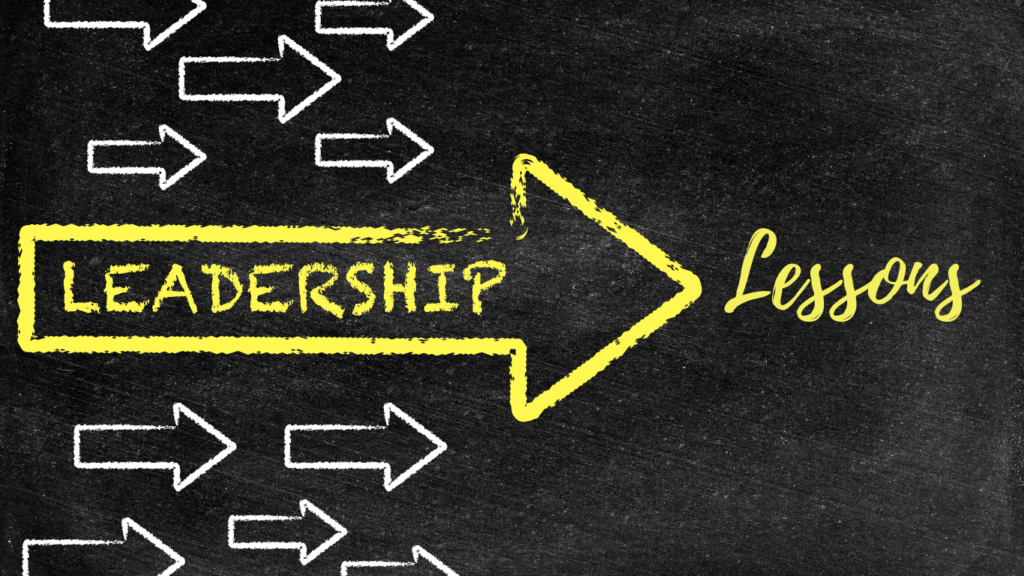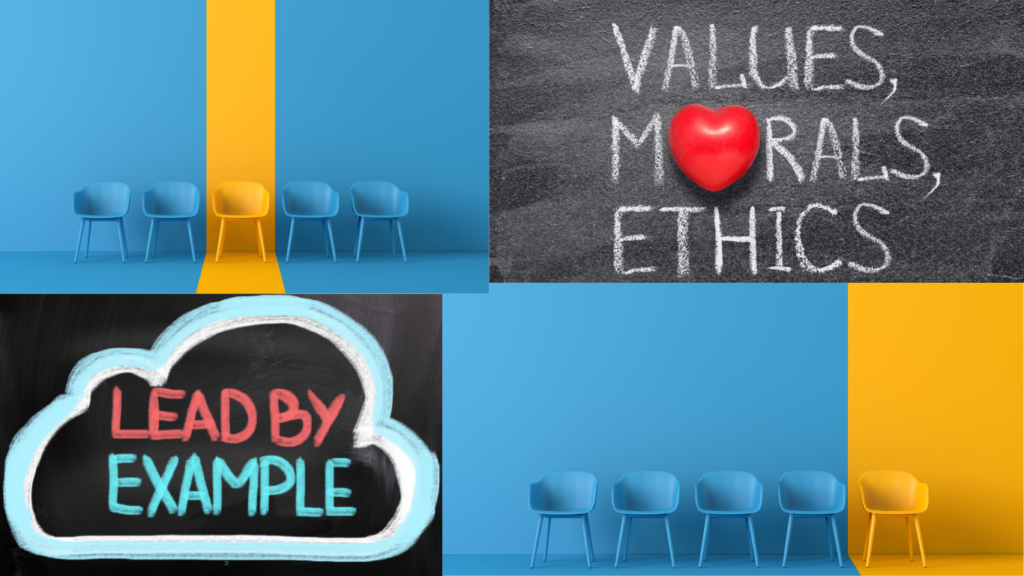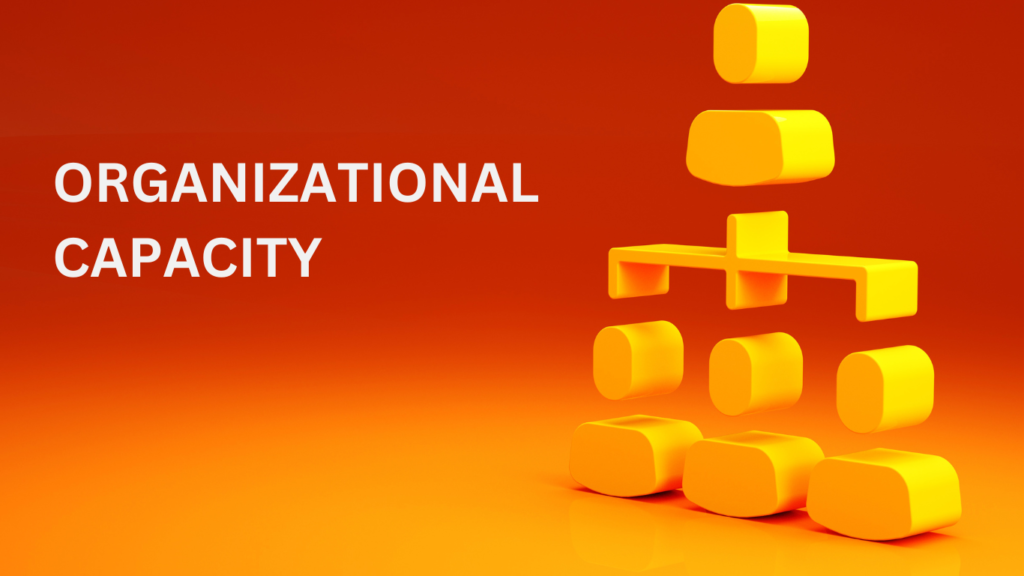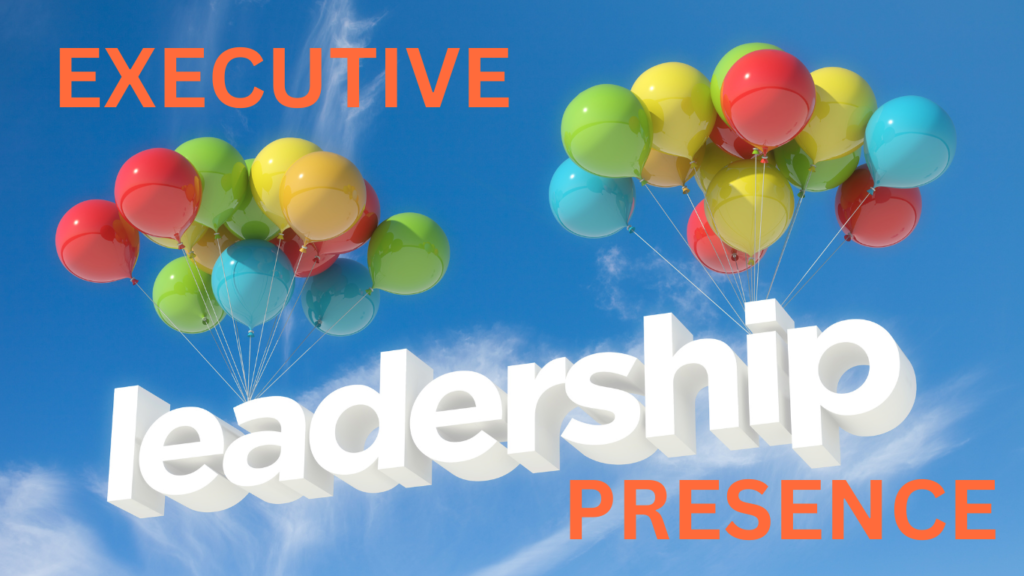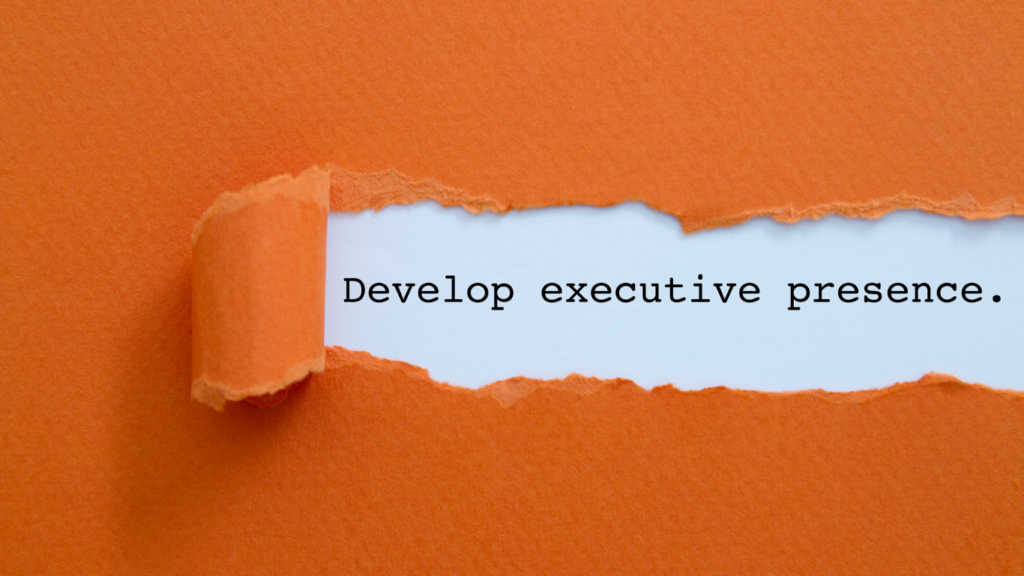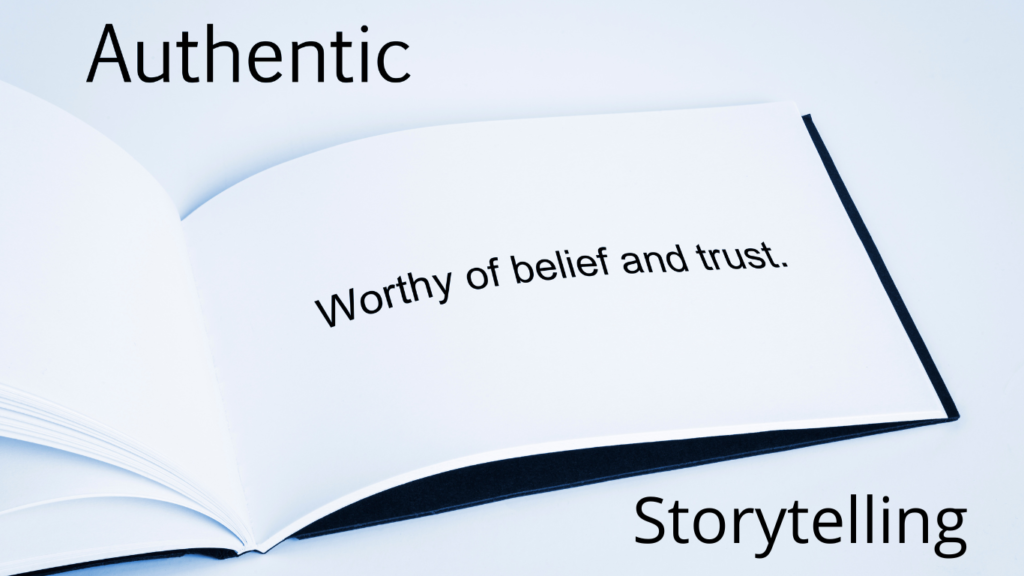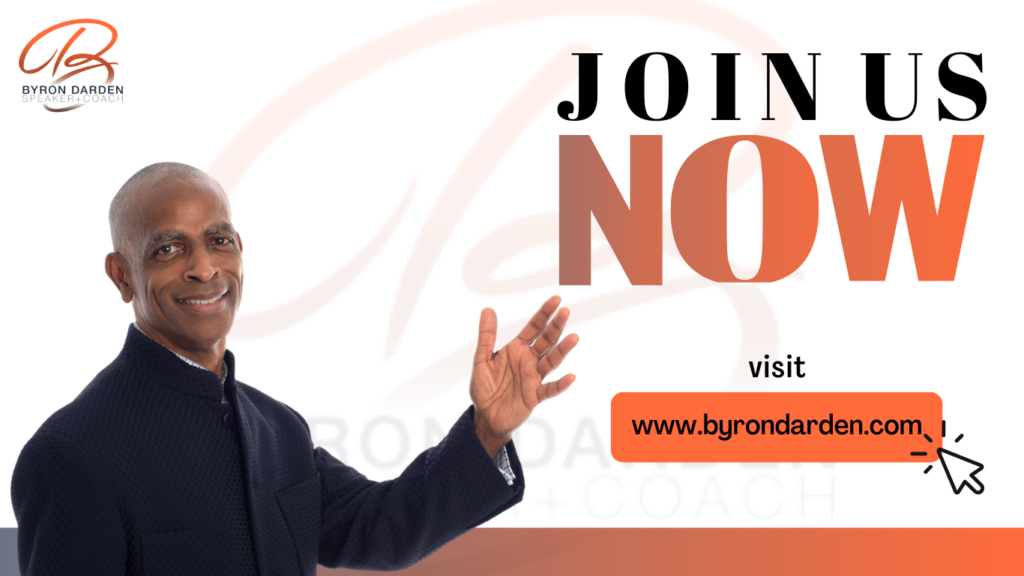Someone once said to me, “How can I plan my life when life is ever-changing and unpredictable?” I found it a thoughtful question and a reasonable one to ask. While I believe it to be true that we cannot predict what will happen tomorrow or in the next minute for that matter, planning for the future has always been a worthy consideration – as long as we do not become attached to our plans. Yet, having a plan in place is how many choose which schools to attend for a degree, what cities to live in that offer opportunities, and the qualities to look for in a mate versus remaining single.
Some plans we look forward to and are eager to engage in.
I’ve witnessed couples planning their wedding. What colors to consider? Which caterer to hire? Who will be invited to that special day? Those same couples may plan for a family. How many children do they dream of having? What neighborhoods do they wish to live in? Which schools to send their children to? Those types of plans may lead to the type of job you want, the roles that are most important to you to take in your profession, and how much money you want or need to earn.
Other plans are necessary and not so much fun to contemplate.
Recently I heard from a former client who shared that she is embarrassed to admit that, as she nears retirement, she has not planned out investments so that she has the money to retire comfortably. She admitted that planning for this next phase of her life is not something she looks forward to doing. So she simply avoids the topic altogether. This is a pervasive reality for many of us who don’t want to think about retirement. Yet, avoiding the topic doesn’t make its reality go away.
Life is full of plans. Some go as hoped while others, well, require rethinking. And just because you make plans, how you intend to carry out your plans may not always seem so clear.
As a part of human nature or how we’ve been conditioned to act, we often find ourselves planning for the future – however unsure the future may be.
What I’ve discovered is that when it comes to the type of plans we make later in life, it can be the difference between planning the life you envision for yourself and living the life that someone else envisions for you, leaving your wishes out of the equation entirely.
Hi, I’m Byron Darden with another edition of Leading with Purpose on Purpose. In this latest installment in the series on Transitions we began publishing in December 2023, we explore the value of Life Planning. The connection to our theme this month draws on the fact that more than a dozen countries celebrate Independence Day. So in keeping with the significance of gaining independence we thought it fitting to acknowledge the importance of doing so by planning ahead for the abundant life that is your birthright.
I’ve been supporting executive leaders for over 20 years in planning their climb up the corporate ladder and how to strategically navigate the process. Now I’ve drawn on that wealth of experience to support you in planning the life you most desire, rather than just hoping for the best that life has to offer. Because too many of us fail to plan for what is most important to us. Focusing on your passions, your dreams, and your greatest desires, I’ve learned first-hand the value of Life Planning.
It began for me in 2008 when a dear friend and colleague offered me an opportunity to plan for what is next in my life. It was a profound experience unlike any I had before. While I had planned out my life as a skater as well as my rise as a stage actor, and my ultimate move to New York, these were all centered around my career. What I hadn’t considered was planning for the aspects of my life that were most important to me. Getting clear on how my life beyond my career might look.
I was stunned to discover how many plans I made over the years without much thought to how retirement might fit in, as well as what and how I would like to give back. Particularly considering the countless opportunities that came my way and not by my own efforts. In fact, taking advantage of Life Planning is how I found my way to New York and what prompted me to begin Triple Axel Executive Coaching.
Just to give you a taste of what Life Planning can do for you, I not only planned how my company would form and unfold, I even planned the last two-year pivot through which I’ve been transitioning in real time since we began publishing this series.
You may have noticed that over the past eight months, our website has gone through a transformation. Our colors have changed from orange to several hues of blue. Our logo is different. Our services are more dynamic. And while we continue to specialize in serving women in leadership, we are also now inclusive of all executives and the various types of organizations in which they lead. We’re primed to help organizations become more inclusive, support them in facing change, and provide coaching to executives to sharpen their skills. In order to navigate promotions more effectively, we help leaders develop their personal brand, and guide our clients to build on what they do in business by also helping them identify what comes next in their lives.
As you read this month’s blog on Life Planning Part One, think about how you can benefit from allowing us to help you make way for your life’s passions. Enjoy!
Continue to this month’s blog on Life Planning!

























































































































